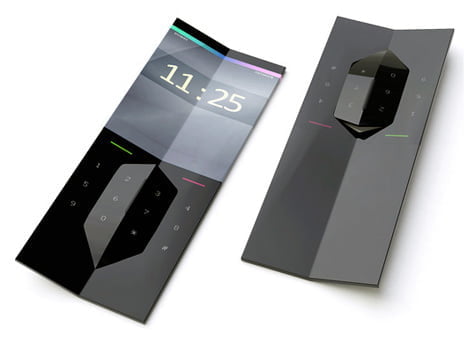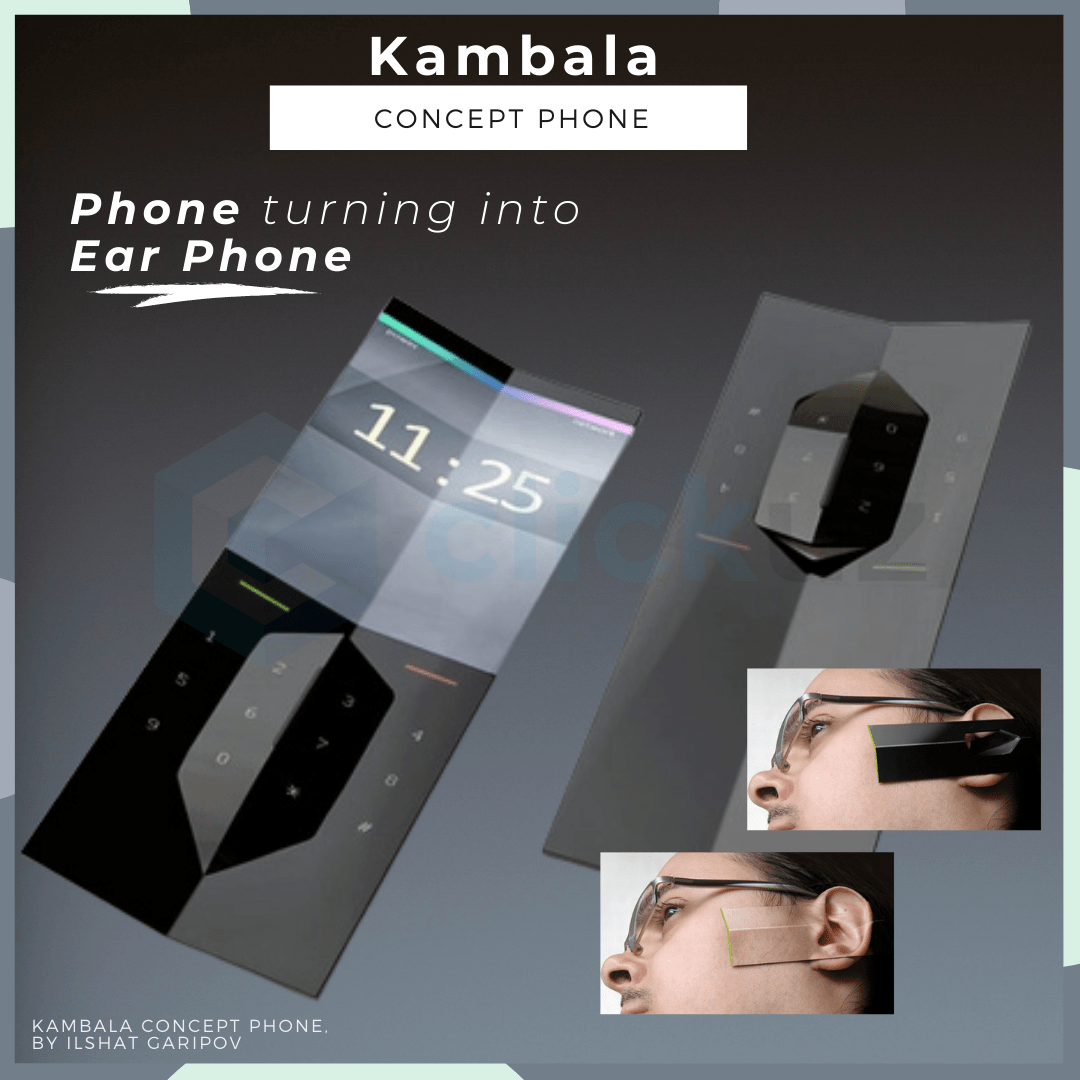The mobile phone business is one of the quickest-growing industries. Not too long ago, the most popular phone was the Nokia 3310 with only basic functions: call, text messaging, and the only playable game, snake. However, considerable progress has been made since then. We now have such a wide variety of phones that go beyond the basic function; smartphones, for example, let you connect to social media easily, GPS, video conferencing, etc.
These futuristic phones will definitely help you stay ahead of the game when it comes to the latest smartphone technology. Smartphone retailers are continuing to compete against each other to create the most high-tech and advanced gadgets on the market, and new mobile phones are constantly emerging in stores. Futuristic phones are some great examples how retailers are using sleek exterior designs and Sci-Fi references to cater to a more modern and hip generation.
The list of 5 Futuristic concept smartphone that we really want to see in real life.
Mobile script
Mobile Script Mobile explores what any modern mobile device should have; Internet access, file transfer, games, communication, browsing. The Mobile Script has two touchscreens, one of which is a traditional candy format and the other a flexible OLED that holds low-voltage loads when opened. This design allows for maximum ownership when you need to watch a movie or edit a document.
Well, as if that weren’t enough, there are other futuristic fantasies. No need to charge, yes, you heard that right. The case is covered with photosensitive nanomaterials that convert sunlight into energy.

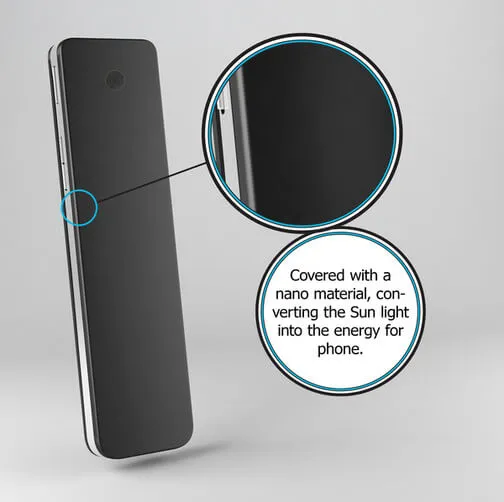
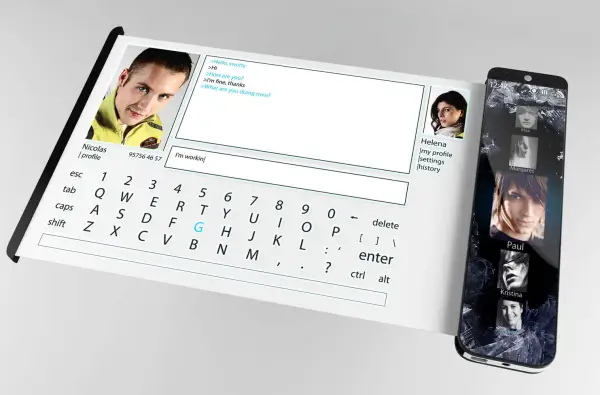
BlackBerry Empathy
The Empathy is an angular phone that is both beautiful and insane. On its front is an OLED touchscreen that can be either visible or opaque depending on the situation. Without a physical keyboard, a BlackBerry wouldn’t be a true BlackBerry, but the Empathy has one, and it’s on the back.
By touching the screen anywhere, you may access your most often used services, including email, SMS, contacts, music, and the camera. This control wheel has tabs. To access the required feature, you pull a tab.
Daniel Yoon and Kiki Tang are the designers behind the Empathy, a device that not only “feels you” and your emotions but can react to them. While you use the device, or interact with it in any way, a biometric ring will tell the device how you’re feeling at any given moment. Thanks to its transparent OLED display, which displays real-time data as well as details in response to changes in mood, the Empathy’s features can be changed based on your mood.
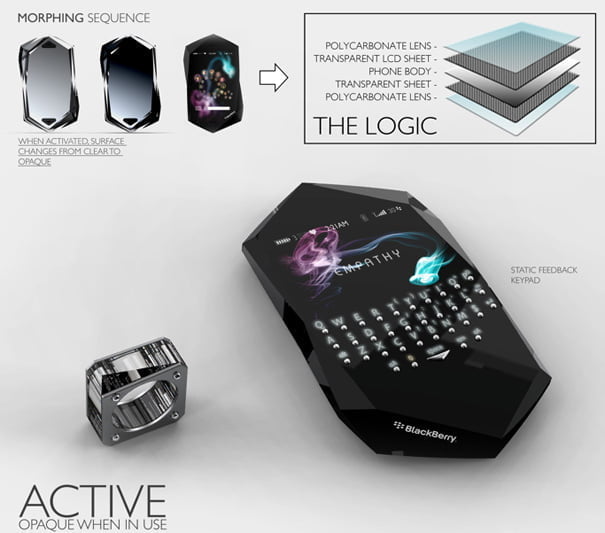

Nokia Morph
The Nokia Morph was a concept mobile phone created by Finnish company Nokia in collaboration with the University of Cambridge in Great Britain. The phone was based on nanotechnology but the project was postponed indefinitely due to the sale of Nokia’s mobile phone division.
This device was the product of a joint study into the future of mobile phones by the Nokia Research Center (NRC) in collaboration with the Cambridge Nanoscience Center (United Kingdom) and represents nanoscale technology that could potentially create a world of radically different devices that open a completely new spectrum of possibilities.
The non-functional device aims to provide a conceptual showcase for future applications of nanotechnology in the consumer electronics sector. It should be a flexible phone that can be stretched, folded into different shapes and comfortably perform many functions. The device seems to have the potential to bring about another revolution in mobile phone technology.
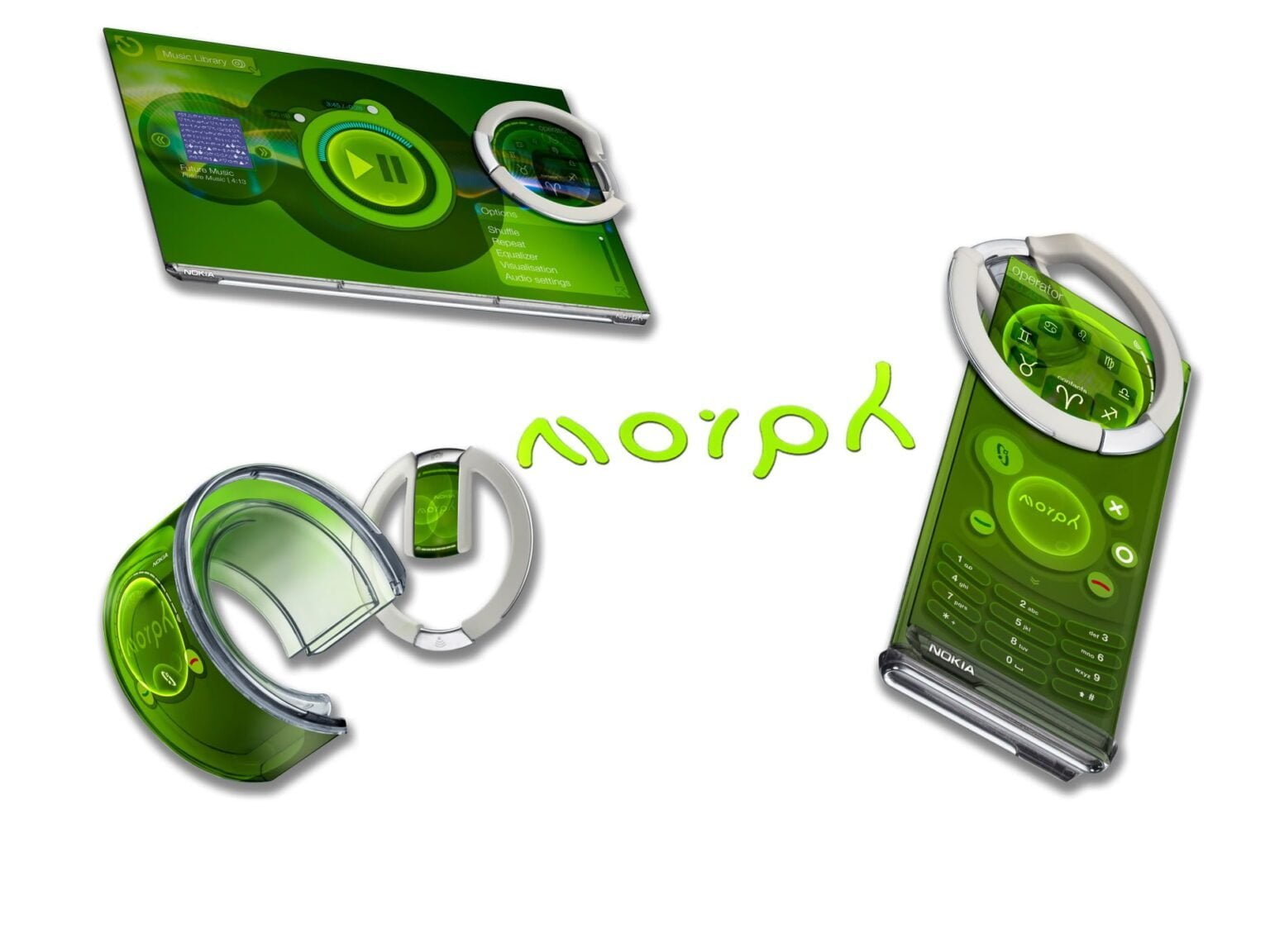

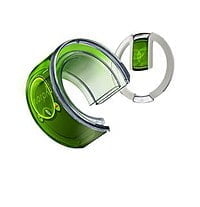
Philips Fluid
The Philips Fluid smartphone Created by Brazilian designer Dinard da Mata, the Philips Fluid smartphone resembles one of the “Slap Wrap” bracelets kids wore in the 90s. Flexibility is one of the things that sets him apart from conventional smartphones. Made from
OLED, it offers all the functionality of a smartphone while offering the added benefit of being able to transform into a bracelet.
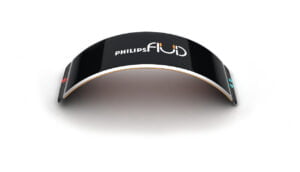

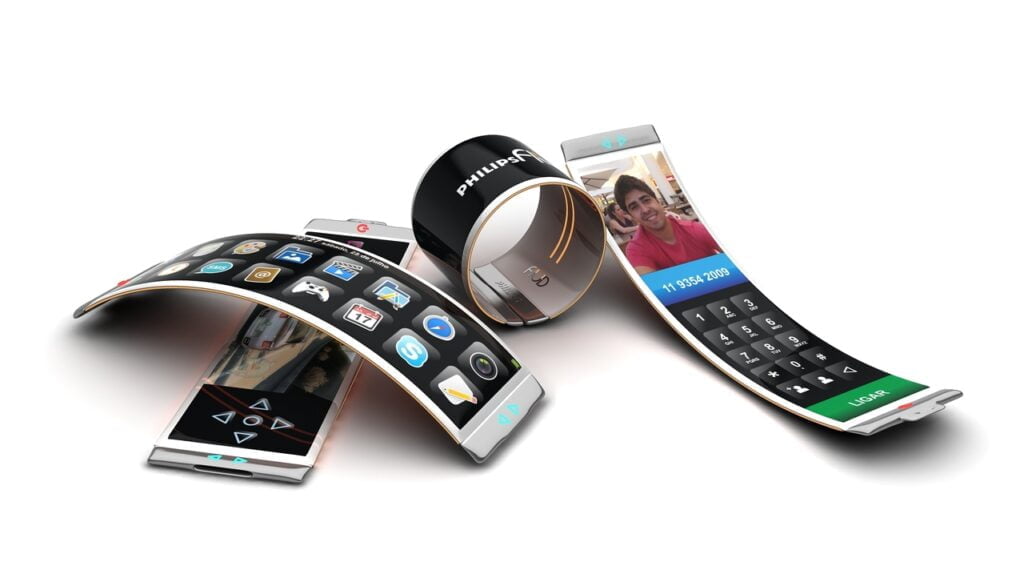
The Kambala
The Kambala concept phone, designed by Ilshat Garipov, may be folded up and worn as earbuds. The earpiece clip can be removed by popping out the centre piece. After that, you’ll use the Ear Phone by attaching it to your ear.
The project’s fundamental concept is the fusion of a mobile phone and hands-free. Material a multilayered polymer with many layers. Similar to a flounder, the phone’s internal surface is a continuous, flexible screen with a layer of sensors that transmits the image to the outside screen. When you insert the phone in your ear, it virtually vanishes.
